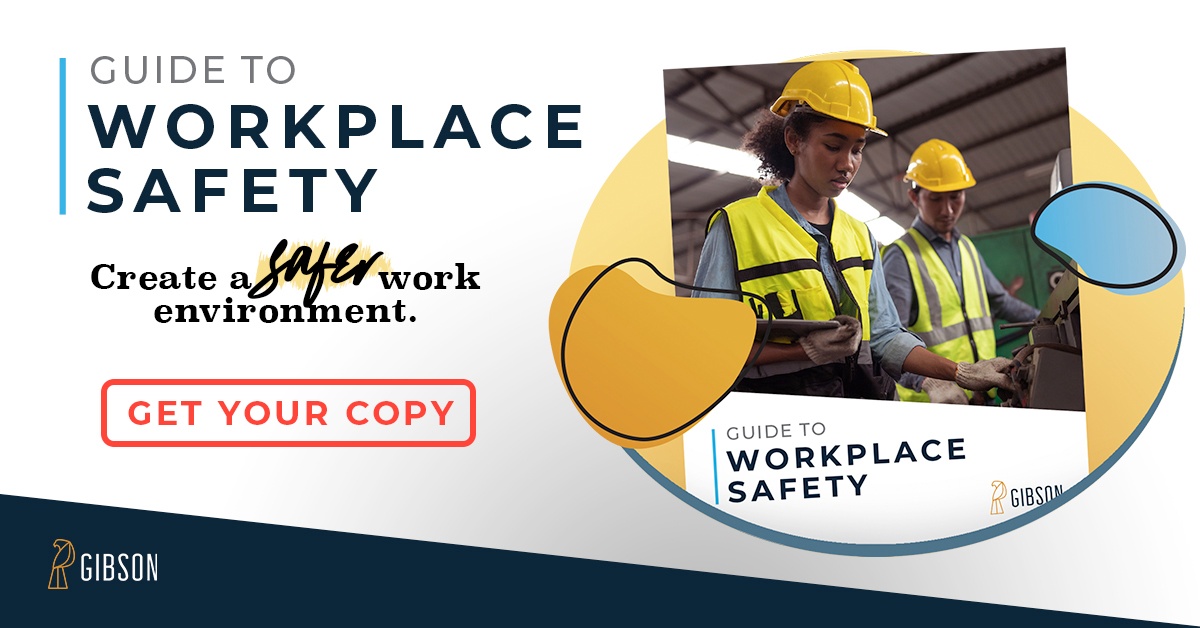 Did you know that one of the most important factors that contributes to workplace safety is also one of the most overlooked? Housekeeping (yes, housekeeping!) is key to achieving and maintaining a spotless record of workplace safety.
Did you know that one of the most important factors that contributes to workplace safety is also one of the most overlooked? Housekeeping (yes, housekeeping!) is key to achieving and maintaining a spotless record of workplace safety.
Why Housekeeping Is Important
In any type of work environment, from factory to library to retail establishment, an effective and consistently applied housekeeping program will help keep your employees safe from a number of hazards:
- Tripping over objects in walkways
- Being hit by falling objects
- Slipping on wet, dirty, or poorly-maintained surfaces
A well planned and executed housekeeping program, as part of your loss prevention program, contributes to:
- Reduced injuries and accidents
- Improved morale
- Reduced fire potential
- Increased efficiency of operations
Everyone Is Involved
Implementing a program of housekeeping standards that will ensure workplace safety begins with the knowledge that everyone must be involved: workers, custodial personnel, and managers/inspectors.
- Workers must keep their stations free of debris, clean, and ready for the next shift or day’s work.
- Custodial staff must understand the housekeeping program and have the knowledge and tools to carry it out.
- Managers must devise a clear housekeeping plan, make sure employees are aware of their responsibilities, and regularly inspect work and storage areas. Regular attention to the program is needed to ensure it's effective, making changes as conditions dictate.
Helpful Ideas
While a program of housekeeping for workplace safety will be designed with your specific workplace in mind, here are some helpful ideas that can be applied to most situations.
- Integrate housekeeping tasks into job descriptions
- Design work areas so they are easy to keep clean and contain sufficient storage space
- Design a plan for the orderly storage and movement of materials and supplies
- Keep flooring in the work area well-maintained; install non-slip surfaces if necessary
- Make sure work and storage areas have proper lighting
- Provide for the immediate cleanup of spills
- Keep aisles and stairways clear at all times
- Install signage to give clear directions and warnings
- Install mirrors where there might be blind corners
- Inspect, repair, and clean all tools on a regular basis
- Design a checklist that can be used by the custodial staff and on walk-thru inspections
- Inspect the entire work area regularly to ensure compliance
- Pay special attention to high-traffic areas or areas containing potential hazards: stairs, ladders, machinery, or moving vehicles
- Update your housekeeping plan when new workers or tools are added, or if the work area is refurbished or redesigned
While it may seem mundane, housekeeping is key to workplace safety. With a well-designed housekeeping program involving all employees, inspection, and compliance, you will set the stage for an accident-free, low risk workplace.
As our loss prevention team says: "Accidents are preventable, predictable, and unacceptable! Strive for a strong safety culture!"




